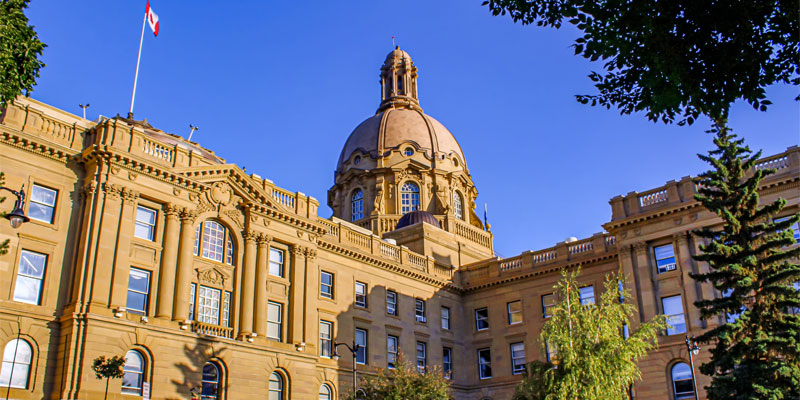High spending and persistent deficits have driven Alberta’s government debt problem

The Kenney government is asking Albertans for input on how to tackle the province’s growing debt and begin a path towards a more prosperous future. But before determining a path forward, it’s necessary to understand the province’s fiscal challenges.
As seen in the headlines, the provincial deficit is projected to be $24.2 billion in 2020/21. Net debt, which is total debt minus the province’s financial assets (including investments in the Heritage Fund), will reach a projected $66.9 billion by the end of the current fiscal year.
It’s critical to understand that Alberta’s fiscal position was worsened, not caused, by the COVID recession. In reality, Alberta’s finances have been deteriorating for more than a decade.
As shown in the chart below, in 2007/08 Alberta held $43 billion (inflation-adjusted) more in financial assets than it carried in debt. In other words, the province has seen a decrease of about $110 billion in its net financial position since then.

A string of nearly uninterrupted budget deficits (since 2008/09), driven by high spending, fuelled the growth in debt. Alberta had, by far, the highest level of per-person program spending (spending minus interest costs) of the four largest provinces (British Columbia, Alberta, Ontario and Quebec) prior to COVID. In 2018/19, Alberta spent $12,622 per person compared to $10,647 in B.C., $10,472 in Ontario and $11,200 in Quebec. Post-COVID, Alberta will spend a projected $13,587 per person this year (2020/21).
Of course, the collapse in oil prices in 2014 and again this year has contributed to Alberta’s fiscal position (oil prices impact the level of revenues collected by the government). However, the province would have been in a much better position to absorb this fiscal shock and prevent rapid debt accumulation if per-person spending levels were more closely aligned with other large provinces.
Why does Alberta’s high spending, persistent deficits and subsequent high debt matter?
Just as households must pay interest on mortgages and credit cards, governments must pay interest on their debt. And like any government that accumulates debt, holding all else equal, interest costs rise as the debt increases. In 2020/21, debt interest costs will divert an estimated $2.5 billion away from important priorities such as health care, education and tax relief. That’s approximately $570 per Albertan, up from $61 per person in 2007/08.
As budget consultations begin, it’s important to understand Alberta’s fiscal challenges and how we got here. High spending and persistent deficits have contributed to a growing debt burden over the last decade—and it’s had serious consequences.
Authors:
Subscribe to the Fraser Institute
Get the latest news from the Fraser Institute on the latest research studies, news and events.

